City Shorts
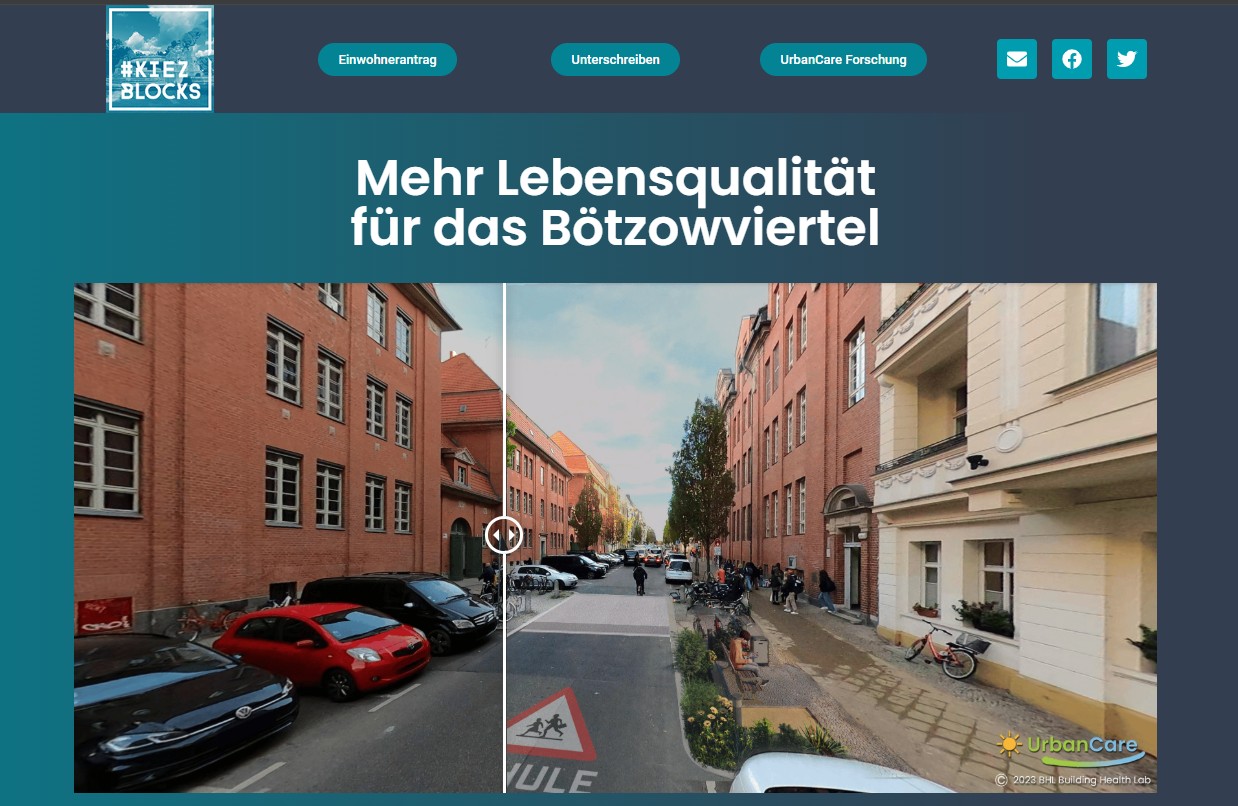
Share
City and Authors
Berlin, Germany; Alvaro Valera Sosa (Building Health Lab), Netra Naik (Humboldt Foundation Fellow), Florian Keiper (Changing Cities e.V.)
Summary and Hook
The Kiezblock initiative in Bötzowviertel aims to enhance pedestrian safety and climate comfort for vulnerable groups like children and the elderly. By calming traffic, reducing car dominance, and creating greener, more accessible streets, the initiative seeks to transform the neighborhood into a more livable and sustainable community.
Focus Area
Your City in Context
Berlin, Germany’s capital, is a hub of innovation and activism in urban planning. Neighborhoods like Bötzowviertel embody the city’s vibrant community life but face challenges from heavy traffic, insufficient green spaces, and pedestrian safety concerns. Recent initiatives like Kiezblocks are redefining how Berliners interact with their streets, prioritizing accessibility and environmental health.
What is the Problem?
Bötzowviertel suffers from car-dominated streets that compromise pedestrian safety and quality of life. Vulnerable groups, including children and elderly residents, face risks from high traffic volumes and insufficient sidewalk space. Noise pollution, a lack of greenery, and urban heat further degrade the area’s livability, emphasizing the need for a people-first streetscape.
What we did and Why?
The Kiezblock initiative proposed traffic calming measures, including restricting through-traffic while maintaining access for residents and delivery services. The plan prioritizes pedestrian safety with smoother bike lanes, shaded seating areas, and expanded green spaces. ProKiez Bötzowviertel e.V. mobilized the community to collect 1,000 signatures for an Einwohnerantrag (citizens’ petition) to make this vision a reality.
Barriers and Support
Barriers include navigating administrative processes and securing sufficient community support. Advocacy groups like ProKiez Bötzowviertel e.V. and local businesses have played key roles in gathering signatures and raising awareness, demonstrating the power of grassroots action.
What this Study adds
Engaging local communities in urban planning fosters ownership and sustainable outcomes. GIS-based tools and immersive visualizations empower residents to advocate for pedestrian-friendly designs. Such models can be adapted to other cities with similar challenges.
Implications for City Policy and Practice
The initiative aligns with Berlin’s Mobility Act, which promotes pedestrian-first infrastructure. If successful, it could serve as a model for other neighborhoods, showing how community-driven efforts can influence urban policy and improve livability across the city.
Lessons for Others
Community engagement is critical to driving urban change. By empowering residents with clear goals and actionable steps, Kiezblock demonstrates how grassroots initiatives can advocate for sustainable urban transformations. This approach can inspire similar campaigns worldwide.
Image Collage
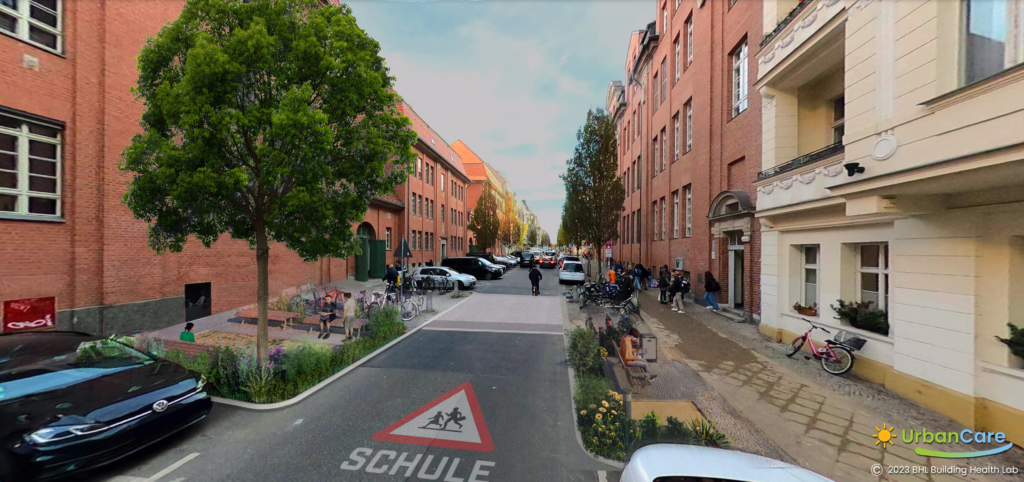
References
Related posts
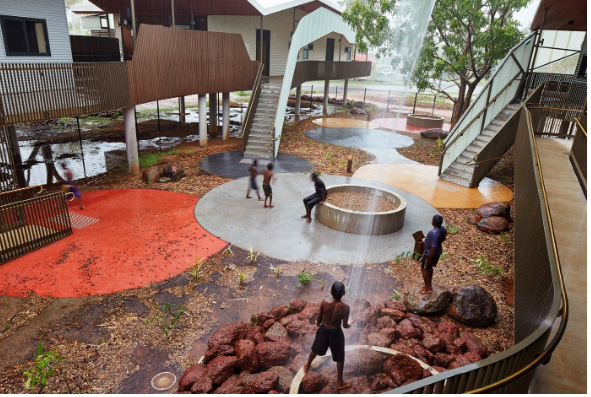
Rain waterfalls, patterns of dappled light, and visual connections with nature. The Walumba Elders Centre (Warmun Community, Western Australia, 2014). Photographer Peter Bennetts
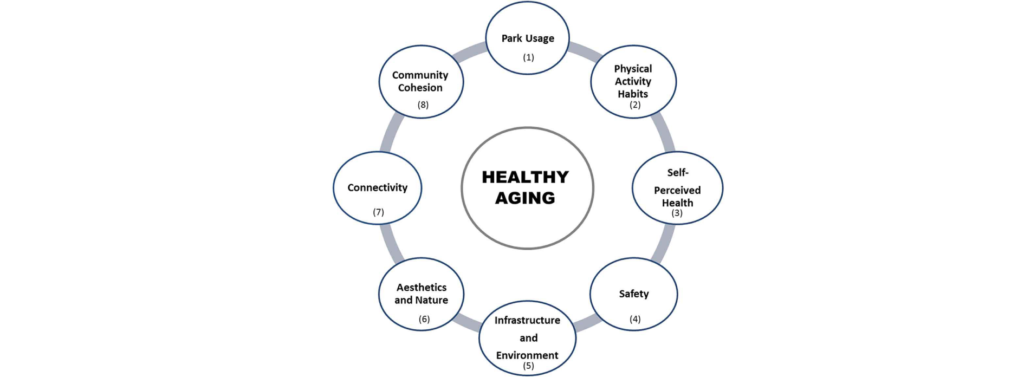
Our Jerusalem Railway Park study addressed the needs of those aged 55 in disparate communities, with long-term implications for physical and mental health, and community
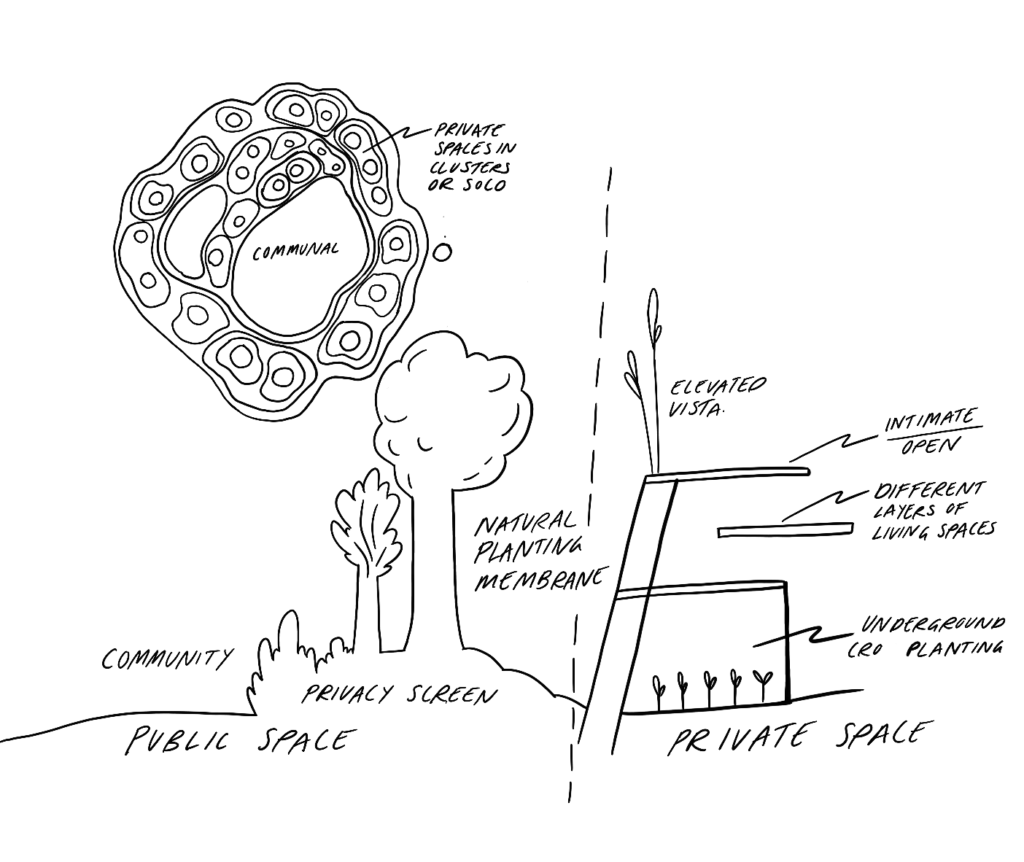
Envisioning a socially and ecologically sustainable human habitat: Connecting Land.